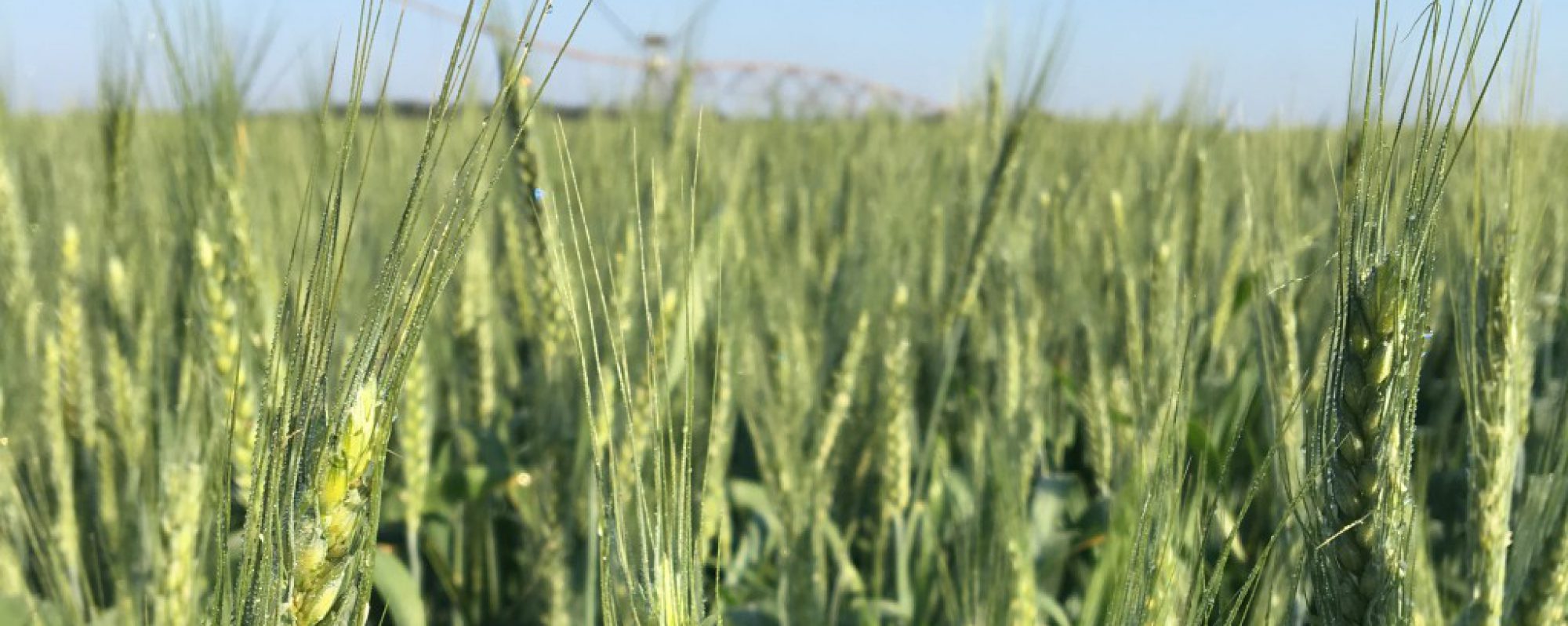Per Dr. Wells:
This is a topic that I’ve harped on quite a bit through the years but its hard to convince growers they can hold off certain nutrients when pecan prices are high. Now that prices are lower than we would like and cost of production is higher than we would like, many growers are looking for ways to save.
Let me emphasize here that I am not recommending cutting corners, what I am advocating is wise management and good stewardship of soil and the proper nutritional status for commercial trees. These recommendations are based on what we know about how the pecan tree uses phosphorus (P), potassium (K), and zinc (Zn), which are the three primary nutrients to be concerned with (aside from nitrogen, which the trees need annually). However, in order to use this knowledge, you must have leaf and soil samples. I have worked with several large producers to apply these decision making tools over the years and each of them has commented that it has saved them a lot of money with no loss in yield or quality.
Let’s begin with P and Zn. Both of these nutrients are naturally relatively low in most SE Coastal Plain soils (especially where pine trees or hardwoods have recently been growing). However, they are easily built up to recommended soil levels with a few applications. This why we emphasize application of P and Zn early in the life of an orchard. Once these nutrients are built up to the levels they need to be in the soil (40 lbs per acre for P and 15 lbs per acre for Zn), they remain there for a long period of time. A 1000 lb per acre pecan crop only removes approximately 1.6 lbs of P/acre from the soil.
Most soil labs will suggest a general maintenance application annually even if all your levels are good. However, from a practical standpoint, this is not necessary and if you are looking to reduce costs, this is a prime area to do that since fertilizer makes up about 10% of the annual cost of production.
For example, if your soil sample shows less than 40 lbs P in the soil, a broadcast application is necessary to build soil P up in a wide area so that the extensive root systems of the trees have access. If your soil sample shows more than 40 lbs P/acre, a broadcast application will not really help matters, even if your leaf P is low. As a matter of fact, it can do more harm than good because high P levels in the soil reduce the uptake of Zn, another important nutrient for pecan trees.
So, how should you address the situation if your soil levels for P are good but leaf P is low. In this scenario, the problem is not that there is not enough P in the orchard soil. It’s that the tree is not able to take it up properly for one reason or another. In such situations, you can either make a narrow band application of P over the drip emitters or in the wetted area of the microsprinklers or you can inject a form of readily available P through the irrigation system. A broadcast application won’t do you any good. The only time you should broadcast P in the orchard is when the soil P is less than 40 lbs/acre.
If none of the above scenarios are occurring and soil P is above 40 lbs per acre and leaf P is 0.12% or better, you don’t need a P application at all. This can save between $20-$30/acre (depending upon price) in your variable cost of production just by leaving off an unecessary general maintenance application of P.
The same scenarios hold true for Zn using a soil threshold of 15 lbs Zn/acre . However, if your soil Zn is good and your leaf Zn is low, the fastest way to overcome the uptake problem is injection of Zn EDTA (1 gal/acre) through the irrigation system. We do not recommend Zn EDTA as a general maintenance application due to cost and some environmental concerns with over-use but it is a fast-acting option to fix a problem with uptake. One such application should last for three years or so.
Similar scenarios hold true for K, although K will need to be applied a little more routinely than P or Zn. You are looking for a threshold for soil K of 125 lbs K per acre. Any more than that and no K application is necessary in most soils.A 1000 lb per acre pecan crop removes only 2.3 lbs K from the soil. It is difficult to build soil K in excessively sandy soils and such soils may require annual applications of K.
If, based on your soil and leaf samples, you can eliminate a general broadcast application of P, K, and Zn in a single season it can save nearly $100 per acre in your variable cost of production. Lime is another input than can be eliminated depending on soil test results. If your pH is below 6.0, you should lime the orchard. If it is above 6.0, you can eliminate that application. If you can eliminate application of all 4 (lime, P, K, and Zn) you will save over $100 per acre.
I know much of the info above can be confusing so I have tried to simplify it in the table below, which you can use as a guide for making your fertilizer decisions. If you have questions or would like to discuss these scenarios for your own orchards, I would be happy to help. Just contact your local county extension agent and we will be happy to help in these decisions.

